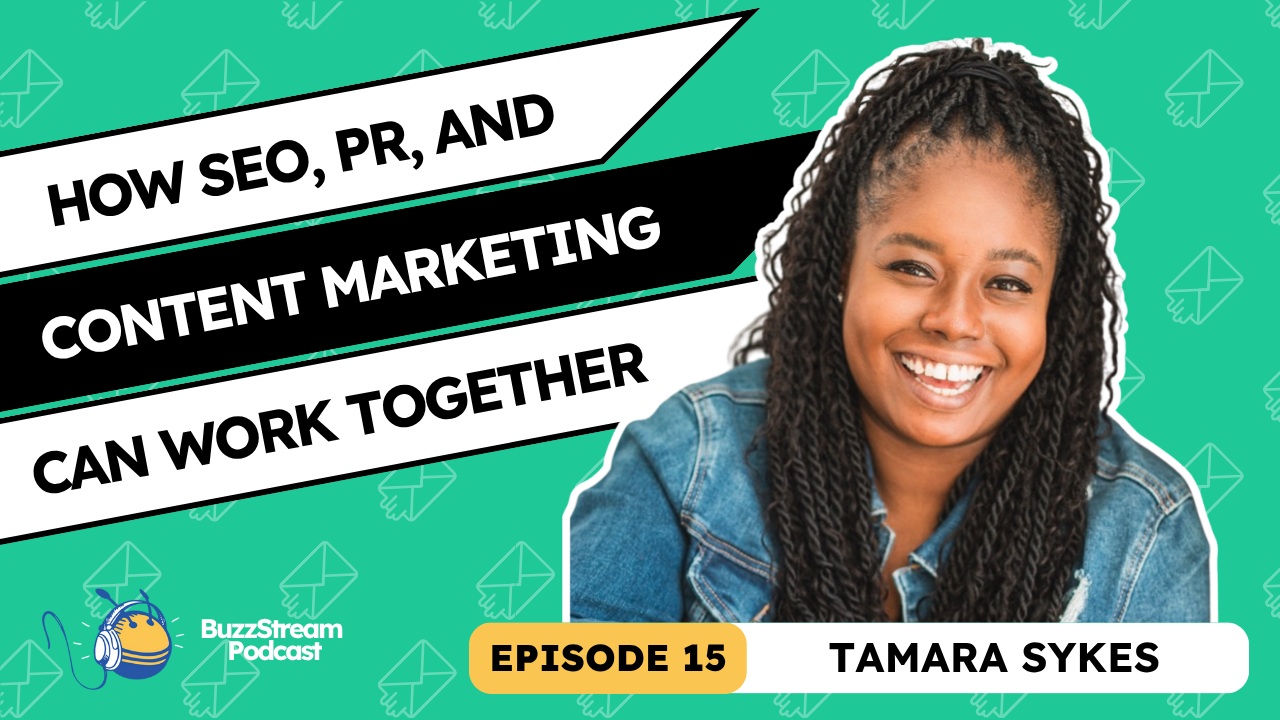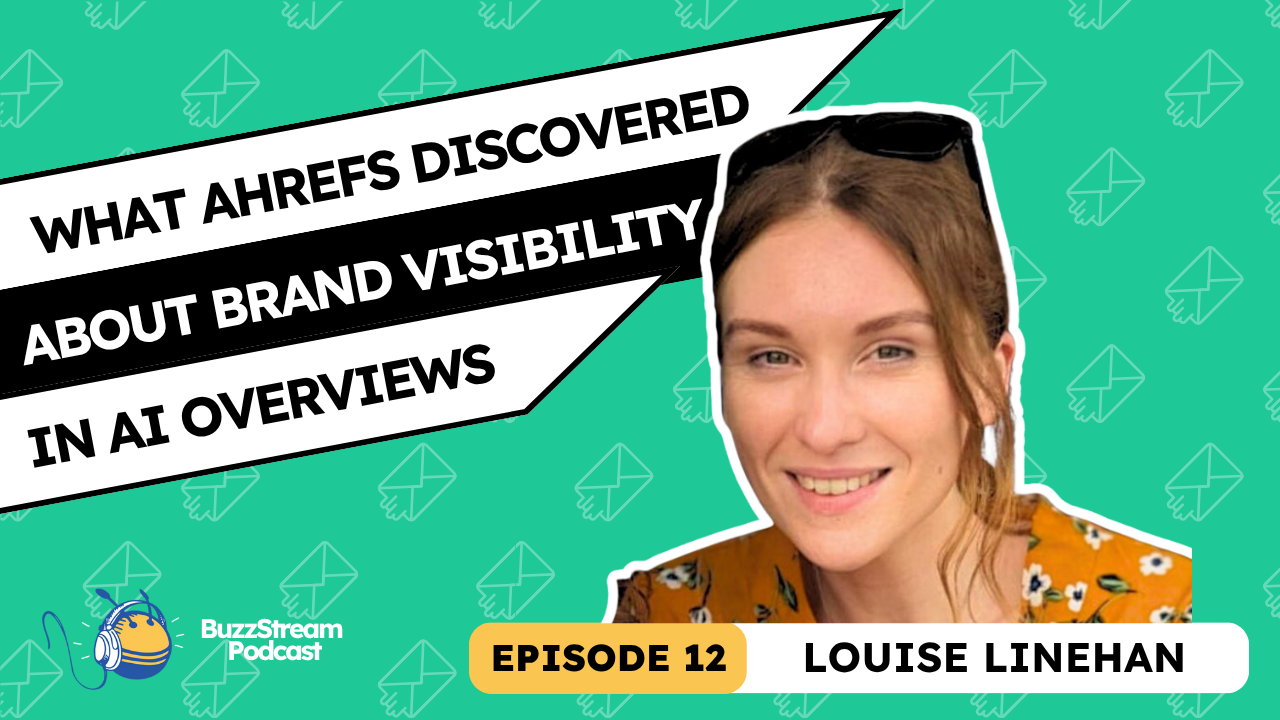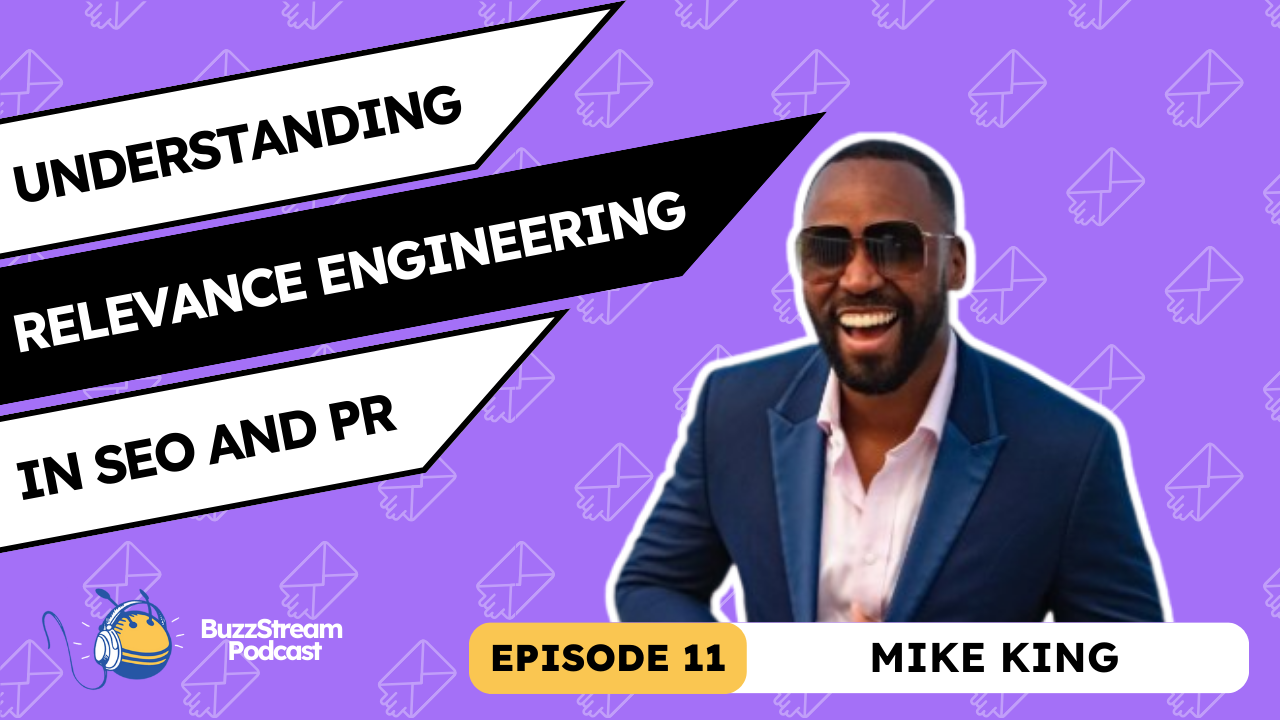There aren’t many guests on the podcast who I can say “wrote the book on the topic.” But Jane Hunt from digital PR agency JBH literally wrote the book on Digital PR.
Their book, the Digital PR Playbook, is an absolute must-read for digital PRs. A different team member wrote each chapter, encompassing everything from digital PR history to tactics to measuring performance.
In our talk, we discussed many digital PR topics, but what I kept coming back to was the idea that digital PR is growing up. It’s no longer just a link-building tactic; it can grow a brand.
- Digital PR is more than “PR done online”; it’s a strategic blend of content marketing, SEO, and traditional PR tactics, focused on earning links and building brand credibility.
- The objective of digital PR should extend beyond just acquiring links. It can positively impact a company’s bottom line by driving traffic, increasing inquiries, and boosting sales.
- JBH has used campaigns, like “dream job” initiatives, to promote products and build brand awareness.
- Brand mentions in reputable publications, even without links, are valuable signals to Google and audiences.
- If you’re using media databases, so is everyone else. The journalists are most likely getting inundated with pitches.
- Vary your digital PR tactics, such as newsjacking, proactive PR, thought leadership, and hero campaigns.

Transcript
Here’s a slightly-edited transcript of our talk.
Can you tell us about your digital PR book?
Jane: Yes. So I wrote this book, and I think it’s backwards on the screen, but maybe it’ll be forwards when you view it, but yes. So this has been written by the JBH team and we literally launched it in September and basically it’s the culmination of a year’s work. So myself and our digital PR director had this idea about five years ago when we set the digital PR team or a bit longer to write a book and we finally did it.
And every and every chapter is written by a different member of the team, depending on their kind of expertise, et cetera. So that’s got my name on it. It is actually a team project and a team collaboration.
So yeah, it’s just full of everyone’s expertise.
Vince: We’re gonna have a drawing or giveaway associated with this once this goes out.
To get a free copy of Jane, the JBH team’s book the Digital PR Playbook, so look after that in the show notes and the comments and on social media.
But Jane, yeah, this is a really, really interesting idea.
Because, you know, I’ve seen, and I have link building books here, SEO books in my little library here that I’ve felt like I’ve needed to get just to have them to, to understand, you know, a bit of the history and where things stand. But this is the first time I’m kind of really seeing a digital PR book.
Are there other digital PR books out there?
Jane: I’m not gonna say it’s the only one out there ’cause that’s probably incorrect, but it’s the only in-depth one we’ve seen.
So when we’re doing our research, I think there’s a little guide to digital PR by the PRC.
There’s also a content marketing and digital PR book, but nothing thorough was devoted to digital PR.
So yeah, hopefully now’s the time.
Vince: Yeah. I love it. Well, so let, let’s get into kind of the definition, I think too, of digital pr.
It could kind of overlap with what you’re talking about. I think, especially in the States, the term digital PR hasn’t quite caught on as much with some people.
You talk to some people, and it’s like, well, it’s just PR that happens online.
Right. Or, you know, they call it link building or content marketing like you said. So let’s dig into that a little bit. I mean, what, when you talk about digital PR in your book, how do you define it?
How do you define digital PR?
Jane: Yes, that’s a good question. And even in the UK people often think it’s online pr, so it’s, it’s, it forms kind of online pr, that’s an element of it.
But the term digital PR traditionally refers to link building. I think digital PR is a more clever, sustainable, and ethical way of building links.
So, for me, digital PR means using really good quality content, really good quality stories that are really timely, and traditional PR tactics to pitch stories to the media to earn rather than pay for links.
So the objective is to build links. Uh, but it’s also, it also has many other benefits, like kind of building brand trust, credibility, recall, and so much more.
And you know, I’ll probably go into the wider commercial benefits more later. But yeah, for me, it’s an amalgamation of content marketing, SEO, and traditional PR.
Vince: Yeah, well put. Do you see this kind of strategy changing at all in 2025?
Do you see the digital PR strategy changing at all in 2025?
Jane: Yeah, so although we are calling it digital pr, a lot of agencies are basically saying they’re doing digital pr. But they’re just doing kind of link building.
So we are very concerned with not only being able to build links or earn links, but also we’re very aware we’ve got the opportunity to build brand awareness, build brand trust, promote products, impact kind of inquiries, sales, all the other things we can do as part of that.
So I think that that’s why I think Digital PR is kind of the grownup cousin of link building. Because you know, we’re not only impacting SEO, we’re also impacting brand as well.
We’ve got this opportunity to build brand fame at the same time, and that’s why I think digital PR is so cool: You’re hitting multiple commercial objectives with it.
Vince: Yeah, I mean, so we just did this study, State of Digital PR 2025 and kind of one of the things that was really interesting to me was the number of people who said that digital PR was something that could impact the bottom line.
So I’d like to talk about that a little bit because I do think it plays a big role in the overall perception of digital PR.
Do you feel that digital PR can positively impact the bottom line? I mean, you kind of alluded to it there, but in the answer before, do you feel this?
Do you feel like digital PR can impact the bottom line?
Jane: Yeah, a hundred percent.
And I don’t mean to say it always has to or always can, but depending on the campaign, depending on the objective and the brand, there is often the opportunity to impact something other than links something commercial. So it might be kind of obviously driving traffic to an online tool, for example, on your, on your website or getting people to download an ebook or getting people to subscribe to your email newsletter, or even actually getting them to buy products too, or, you know, for B2B, uh, increase inquiries.
So with many of our campaigns, we’ve been able to do this. That’s why I say it can be done.
But you have to think about how you do it when you start building that campaign. It can’t be an afterthought, so it should be baked in from the start, right?
Vince: So if I am launching a sneaker or something, the campaign will be built around that sneaker rather than, “Hey, I’m gonna, you know, do a campaign around something and then insert my link to buy a sneaker?”
Jane: Yeah, so it should be very obvious that the campaign is about sneakers or about your particular sneaker, but it’s got to give the audience something additional, so it can’t just be like, Hey, we’ve just launched our new sneaker, ’cause that’s traditional PR really. What it should be is something a bit more creative.
Enabling people to try out these sneakers before anyone else can, or something unique and creative, to get people interested and engaged with the product on the website.
We did a nice campaign a couple of years ago. It was a dream job campaign, which I know is very popular.
I haven’t seen so many these days, but they do really well generally.
We were working with the Bottle Club, an alcohol brand, and they wanted to promote their espresso martini bottle.
So we created a dream job campaign where we offered one person the opportunity to become an espresso martini tester for a year.
So it was a very basic dream job campaign.
We had a nice landing page that captured everybody’s details. It was also GDPR compliant, so we could add people to the email newsletter.
It also linked people to the product page, where they could purchase the product.
We also shared the content on social media.
So we thought about all these little elements and what we could do that was quite simple, really, as part of that campaign, and still set it up.
So it was a great PR campaign for journalists. ’cause it wouldn’t have the same impact if it was just promotional.
So it needed to be presented in a certain way, and by including these additional opportunities for wider commercial goals. We were able to increase, obviously, new email newsletter subscribers, increase, um, purchases of the product itself, and obviously build brand awareness for the brand.
So it was, it was a really nice, fun campaign, but it was such a simple mechanism.
Vince: Yeah, that like dream job campaign is something that I don’t really see in the states as much. I feel like it’s a very UK centric thing, but yeah. You said something in there that I thought was really interesting and something I want to kind of get into of this idea of like traditional and digital PR and like where the line is drawn.
Yeah. So you said, I think if you’re promoting a sneak a sneaker, right? Like just kind of promoting it on its, you know, these are the features of the sneaker, here’s, this is the launch announcement. Maybe it’s a press release that’s a little more traditional pr. Whereas with digital pr, you said there’s kind of like a creative spin, there’s some added extra value.
Is the main differentiator between traditional and digital PR that digital PR has a more creative spin?
Jane: it doesn’t always need to be the differentiator, but usually the traditional PR agency would be given the job of doing a press release about this new product, and then the digital PR SEO agency might be given the objective of, you know, earning links and you know, increasing traffic to a product page or whatever it might be.
So, there tends to be more SEO objectives that come with it, or more commercial objectives. Right?
Whereas traditional PR might just be get getting this news out there into the media. But now a lot of digital PR agencies, because we’re using traditional PR tactics, we’re also doing those kind of press releases for launches as well.
So we’re covering off a lot of the activity that traditional PR agencies do too. So you’re getting a lot for your money at the end of the day.
Vince: Yeah, I mean, I was gonna ask like, do you kind of butt up against the traditional PR teams? Yeah. Yeah.
Do you ever interact or overlap with traditional PR teams?
Jane: Very much so. And sometimes when we work with bigger brands, we often work alongside a traditional PR team.
And, you know, we’ve worked really well with them.
And, you kind of compare schedules, see what’s going on, so there’s no overlap, you’re not contradicting anything. And they’re always very careful about the brand messaging and things, of course, but also I’ve noticed that they’re learning a lot about our speed.
When it comes to link building, traditionally, it’s always been about the quantity of links, and therefore, speed is really important. And so you can often see when we work with companies that their traditional PR agency or internal team is learning about our tactics, and they’re taking those tactics and using them themselves.
Vince: Yeah. It funny the SEO component, because I, I still feel like there’s this huge, huge gap between SEO teams and PR teams.
And PRs kind of look down on SEO teams and vice versa. It seems like it’s something that we need to kind of bridge these gaps in 2025 because the way, you know, Google is moving more towards this, you know, brand, I think in general, feels like it’s part of everything we do, including SEO, you know, AI overviews chat GPT.
So before I get into kind of the strategies that you think are working in 2025, I wanna get into the US versus UK.
We talked a little bit about this before our call. And about a year ago I had Will Hobson on here from Rise at Seven to talk about the differences.
I talked to Nicole De Leon, who is US-based from North Star Inbound.
I’m trying to get some good, you know, a wide range of thoughts on the differences to capture where we think things are going. So, what do you think the US compares to the UK or vice versa in terms of digital PR?
How does the US and UK differ in digital PR practices?
Jane: Yeah, it’s an interesting one because usually I feel like the rest of the world, or certainly a lot of Europe is often behind the US in terms of technology and marketing techniques and things, and in this respect, I think the UK is way ahead in terms of using digital PR as a channel kind of in its own right for better quality link building.
And, you know, we do, we do get some inquiries from US brands for digital PR because they recognize that there’s, there’s better way of kind of earning links.
Um, but I feel like there’s some confusion, like you mentioned in the states as to what digital PR is.
And through our research, there’s a lot of agencies offering digital pr, especially on the East Coast, but it’s, it sounds more like traditional PR than actually digital PR. Or in a lot of cases, it just sounds like traditional link building and hasn’t really got that PR side to it.
There’s still a lot of room, I think, for education and just more use cases of it in the States.
So I think there’s a huge opportunity for UK agencies and things in the States, but it does involve education and, you know, SEOs and then also with the wider brand.
Vince: Yeah, I, I wanna dig into that idea of like.
So I’ve gotten pushback sometimes when talking to more traditional PRs. When you talk about digital PR, the idea that, oh, well, you know, you digital PR kind of leans too heavily on Google and leans too heavily on links, but, you know, we’ve, as we’ve talked about a little bit, like brand is such an important piece of it. So let’s talk a little bit about how you can build a brand or some just strategies.
How can you build a brand using digital PR?
Jane: Yeah, I think, I think you just mentioned, but the exciting thing that’s happening at the moment, and I expect to grow in 25 and onwards, is the focus on brand within digital PR and link building. And that’s because we’re seeing more and more evidence that Google values brand.
I don’t know to what extent it is against traditional link building, but it certainly sees brand signals.
So, as an agency, we think brand mentions are just as worthwhile and valuable as a link.
To brands who challenge us on this, well, would you, would you rather have no link from you know, the Guardian or Forbes or HuffPost, or would you rather have a brand mention?
Everybody wants to be in these publications.
They want to be seen.
So if you are gonna be really picky about your links and say, well I don’t, you know, if we can’t get a link in it, we don’t want it.
It’s not worth having.
I don’t think that’s the case anymore.
These are all signals to Google and to your audience that you are there, you’re part of this conversation, that you’re important because you’re part, you’re in these publications that you’ve been mentioned in. So I think that they’re worth their weight in gold.
Vince: How do you measure that? Like those unlinked mentions, I mean, is that something that, ’cause you know, I’m putting myself in the brand’s shoes. Right? And your links it’s a quantifiable thing, but, and I agree with you by the way, like getting, and I love that. Um, would you rather have no mention at all versus, you know, an unlinked mention it?
It’s just a hard thing to quantify. I mean, it gets more into that traditional PR metric. Share a voice and this kind of thing, I don’t wanna call ’em like fluffy metrics, but they’re just kind of tough. They’re not as concrete as here’s a link, you know, and you can track that link.
How do you quantify unlinked mentions for a brand?
Jane: They don’t look good on spreadsheets, put it that way. Do they? And that, I think that’s the trouble SEOs have with them. They’re like, well, what, what do we do with that? How, how does that, how does that link into a KPI? How do I show the value of that, et cetera.
This should be really useful ’cause we’ve been featured in this, you know?
So, a traditional PR would be like, this is an amazing win. Look, we’re featured in here.
This was our key messaging.
They’re talking about this person, or whatever it is.
They get really excited, and then they see, well, there’s no link. And it’s really frustrating because historically you pay a fortune for that kind of advertising and prominence, and so we dismiss it really quickly.
But you know, we’re getting more and more evidence that Google does see these brand signals and so we, I think SEOs and, you know, all of us need to think more holistically about how we value being out there in the media and not just thinking about links. Because if you just get bogged down in links all the time, a, it’s really boring just to kind of look at a quantity.
And, you know, there’s so much else that goes on.
There’s, you know, how your brand’s positioned, how many people share it if they’re talking about you and things, especially if you’ve got product feature or whatever it might be. Or you’re part of a roundup and you know, you get referral traffic, you know, and, you know, it could impact sales.
There are all kinds of reasons why you shouldn’t just focus on whether it’s a follow or a no-follow link. Unfortunately, a lot of our conversations are still about that.
Vince: Do you look at something like direct traffic increase in terms of like brand awareness? You know, like if, if a campaign gets a lot of coverage, but it’s not links, is that something that you ever lead to?
Do you look at metrics like direct traffic?
Jane: So we look at kind of share of brand voice over a period of time.
So yes, if we’ve got a more creative campaign going out, and you can also do this with reactive, and if you’ve got a sustained amount of activity going out over a period of time, then you should be looking at your share of brand search to hopefully see a nice increase in that because your visibility in the media is consistent and growing.
That’s what we’d be aiming for.
So it is one of the metrics that we monitor with clients because we think it’s predictive of how the brand is doing in general, that they’re investing in. You know, being out there, being seen, and then being found in search, et cetera. So it all should link together, is the theory.
Vince: Yeah, I mean, I, I like that idea. What, what kind of tools do you use to measure something like chair voice?
What kinds of tools do you use to measure like share of voice?
Jane: So, I think there’s, there’s a few tools that you can do this yourself. There’s a way of doing it, I think in SEMrush or aHrefs, I’m not the, I’m not the technical person that does this. So it would be like our digital PR director or our SEO director.
But I think we’re using a tool called Lollipop for this at the moment. I’ll confirm that and get back to you in case I’m giving you incorrect facts.
Vince: Okay, cool. Yeah, yeah, I’ve never heard of Lollipop.
It’s just hard for me to wrap my head around why it’s so hard for traditional and digital prs to play along and even, you know, SEOs. But I still feel like there’s a huge gap between digital and traditional PRs.
Jane: Yeah, it’s, it’s an interesting one because obviously digital PR has grown so much in the last few years since Covid. There’s been a massive boom in it, you know, to the point where you’ve got so many more agencies now offering it. There are so many more freelancers. So it’s readily available in a way it wasn’t kind of 3, 4, 5 years ago.
And because a lot of the tactics have changed, really since Covid, when we had to be more responsive to what was going on, I think I’m surprised that more traditional PR agencies haven’t picked this up to be like, well, we can also add this as a service.
Because it’s just an easy additional thought as part of what they’re doing anyway.
Vince: Right, right. When I was with Siege Media, many ways we worked were client deliverables. You’d get four posts per month or something.
I feel like in many digital PR agencies I talk to, especially in the UK, it’s more like, “Hey, this is, you know, our goal is to increase your share of voice or, or, you know, get you coverage.”
But it’s not necessarily that we’re going to get you six links for each post we put out; it’s going to be a quarter-long engagement.
We’re going to put out a bunch of social posts, do a couple of hero campaigns, and have this always reactive PR news desk thing. Is that the way you work at JVH?
What are your client deliverables like at JBH?
Jane: Yeah, it’s, it’s risky to say you are gonna earn X links from a piece of content because every piece of content performs differently.
It’s organic, and it’s earned, at the end of the day, so there’s no guarantee on how many links you’ll get from each.
We recommend a variety of techniques that we can use, so there’s always something to pitch.
We’re not waiting weeks for a piece of content to be created.
It gets created, and then, you know, we’ve got X weeks to pitch it, and then maybe it didn’t do so well. So now what do we do?
It’s really risky just to do it around a specific hero campaign or something.
So, we have four techniques or tactics that we use. We’ve got newsjacking, so there are always things going on in the media.
We’ve got proactive PR, which is where we look at the calendar ahead.
We see what, obviously, National days, seasons, and holidays we can kind of tag the brand to and its authority. And then we can plan things way in advance.
We’ve also got our thought leadership. So, pitching exclusive content to journalists is much more traditional PR-led, like Newsjacking.
And then we’ve got what we call champion campaigns, which are smaller hero campaigns that are quicker to put together, tend to use less data, or might be creative and therefore quicker to get out.
So all these tactics sometimes have different objectives. And what’s nice is that proactive PR is good at earning links to specific commercial pages, whether it be channels, product category or a campaign page, for instance.
Champion campaigns tend to be really good at getting a wider variety of links.
Newsjacking is really good for high authority, top-tier media.
So they all have different objectives, but it just means there’s always something we can be doing.
There’s no excuse that we can’t say, “Yeah, there’s nothing to do this week.” Oh, there’s nothing in the news related to you. Well, the data’s not ready for that campaign, and there’s nothing going out.
Vince: Yeah, I love that. So is it the kind of thing where your teams are constantly getting together and deciding what they will do today?
So, are your teams constantly strategizing opportunities every day?
Jane: Yeah, definitely. I mean, we’ve got quite a dynamic approach to it. And it means we can just respond to more of the opportunities.
So we’re looking at the news every day, first thing in the morning, seeing what opportunities there are for all the brands to represent, and then people are given those jobs to go away and do those.
And then we’ve got the kind of more content that they’re working on.
Obviously, we’ve got people putting together data for campaigns, doing design elements and things in the background. Then we’ve got the kind of feature pitching, so the very exclusive content we’re putting together, for journalists, too.
Vince: Yeah. Uh, that’s awesome. Talk to me a little bit about the strategy behind finding the journalists and the right people to pitch out to. Do you use a media database?
Do you use media databases?
Jane: Yeah, so we’ve got, we’ve got a couple of media databases.
Uh, we’ve got, I can never remember what it’s called, MuckRack in the US and then Prowly, I think for the UK. Um, you can tell I don’t do the pitching because I can never read the names of these.
Vince: I feel like RoxHill is like the UK.
Jane: Oh, no, I think That’s what I got confused about because we, we’ve used most of them actually. But for the US I think MuckRack is way better.,
It’s so much bigger. So yeah, so we’re always putting together kind of media list, obviously on MuckRack or Prowly.
So we can either use existing ones, depending on what the kind of topic is, who we want to reach, or we can put together very bespoke lists, much more targeted, but we’re also doing manual—especially for more exclusive content, where we really need content for a very specific journalist or publication, there’s a nice mix of manual and using media.
Vince: Yeah. Yeah. It seems like the more and more people I talk to these days, especially 2025, it’s this idea of kind of the more targeted, I feel like there’s less of the, like, you know, I build a list once and then I pitch out to that list every time, you know, build a travel list and you keep pitching it out.
I mean, the journalist churn seems to be very high these days.
Jane: Exactly. And you’re competing with other agencies doing the same thing. So your media list need to be so well put together and targeted. You don’t wanna piss off journalists when you’re targeting with ’em with the wrong content. And then one day you might have the right content, but they might block you by that time.
Yeah. Because you were a nuisance before, you’ve got to think really carefully about who you’re sending it to. And a spray-and-pray approach is just not good enough anymore. It’s just lazy.
Vince: Yeah. Yeah. I a hundred percent agree. Does your team do anything to kind of cultivate relationships?
How does your team cultivate relationships with journalists in the US vs UK?
Jane: Yeah, very much so. I mean, we’ve got relationships with journalists in the US so in that sense, I don’t think, you know, it’s a huge difference.
But yeah, we’ve got a lot of journalists who we’ve built up an excellent relationship with, and who know they can come to us for comments, data, whatever it might be, on particular topics.
For example, we did very well with healthcare and automotive.
We’ve got really nice relationships with journalists in those sectors who know we’ve got experts that we can get comments from very quickly. So it’s building that trust with them, giving them what they need when they need it. And you know they know you are reliable, basically.
And you’re giving them good quality content.
Vince: And I mean, does that come from the initial pitches or are you actually saying reaching out to them proactively?
Jane: Yeah, sure. It’s probably a mix of both. Okay. So we do reach out to journalists and say, Hey, we’re working with this client.
These are their areas of expertise, and these are the stakeholders who are experts who can provide comments. They have this kind of data, et cetera, and we can comment on these kinds of stories. We can just give them a bit of an overview and what’s unique about that company or the people, whatever it is.
And so then, you know, if one day they’re after a particular kind of topic or whoever it might be, they can just search their inbox and find that kind of relevant agency or brands they’re looking for. But also, once you start sending kind of good quality content to journalists, they soon realize that actually you’re a good source of content quickly.
You’ve always got imagery, whatever else they need, and you know how to structure, um, headlines. For them specifically, and this is something we do and we practice headline writing so that we match the headline to the publication that we’re targeting. So it is obvious to them. It’s been written with them in mind because that’s the headline they would use.
Vince: Yeah, I love that. That gets lost in many people, and I think it’s tough, too. People coming into digital who have worked with an agency, and then they decide we can do this in-house.
And then they come to BuzzStream and they’re like, I was just put on this, you know, like we used to have an agency. I don’t know what I’m doing, but I know I’m supposed to use BuzzStream to send out emails.
But I think there’s this idea that once you see the coverage come in, the links come in the content, it’s easy. I don’t wanna say easy, but it’s easier for someone in-house to create content that they can pitch, but then the pitch process itself.
It’s a whole other, like expertise.
I’m surprised there aren’t more agencies that just pitch for you.
Do you ever get brands that just want you to do outreach?
Jane: I mean, that’s, that’s true. I mean, we do get some brands come to us and say, can you just do the outreach? Here’s the content. But if they want a guarantee on their own content, then that’s more difficult, and we tend to push back on that, right?
But yeah, outreach is an art in itself, and often, in your teams, you find some people who are so good at outreach and love it. They love trying to get a journalist’s attention, you know, chasing that link, whatever it might be.
And you’ve got some that just love feature pitching.
And then you’ve got some that just love putting the actual content together, creating the story, finding the. Whatever it might be.
Vince: Yeah. Yeah. I used to love, we kind of had a hybrid approach, I think, where it was like the people writing the content were also.
The people doing the outreach. I love that approach because it allows you to kind of have ownership end to end.
Jane: It helps. It helps because you’re not like, well, I’ve done my job here you are, you’re right, there’s, there’s accountability throughout, which I think is really useful.
And also, if you put your content together, you’ll be more passionate about it.
When you outreach it, you gonna understand it better. ,
Vince: Maybe the last thing we could use to kinda wrap up this talk is just, you know, 2025, we talked about kinda some of the strategies, your kind of four strategies. Do you see any of that changing in the future?
Do you see any of what you’re doing becoming more or less useful?
Do you see any of your digital PR strategies needing to change or becoming less effective in the future?
Jane: I think it’s all playing an equal role, to be honest, at the moment. We are certainly doing fewer big campaigns than we were four or five years ago, but I think that’s naturally because you know, the media’s changed, and also people want a more consistent link building, et cetera.
And also it takes ages to put big campaigns together, and budgets aren’t as big as they obviously they’ve been squeezed too, so more resourceful.
We are still doing kind of, you know, what we call champion campaigns, which are more kind of mini hero campaigns that are quicker to get out. But they’re really nice actually because then you can do something more fun.
It could be more brand-focused and things.
We did a really cool one called the Polite Cities Index.
A couple of, I think it’s like five, six months ago now for an online l online language brand called Preply. We just ranked the most and least polite cities in the UK and you know, we all thought London was gonna be like the least polite because that’s what you think when you arrive in London.
You’re like, wow, okay.
But actually it turned out to be Manchester.
So we got, and we’re from Manchester, so that’s where our agency has got some really nice headlines off that it got picked up by LAD Bible, which is huge in the UK.
It shared on their social media and so many comments from people agreeing or disagreeing or sharing their stories of rude people they met in London.
And it was just a really nice, fun campaign that got so much traction, et cetera, got picked up everywhere. And it’s just a really nice example of how you can be building brand fame while also kind of building links and apologies.
I can’t remember what the original question was.
Vince: Me neither. But, when I was going off thinking about how cool that campaign was, I loved the emotional tie. I mean, I feel like that gets people talking when.
How did you get the data for your most polite cities post for Preply?
Jane: It was really interesting. So we did a survey. We had survey data and we overlaid it with TripAdvisor data.
So we had two sources of data overlaid.
Vince: Yeah. Cool. Well, Jane, this has been great reminder. Show the book again where I wish I had it here to show up, but it’s coming in the mail.
Digital PR playbook written by Jane Hunt and the team at JBH.
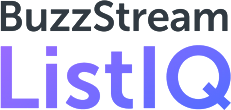
 End-to-end outreach workflow
End-to-end outreach workflow


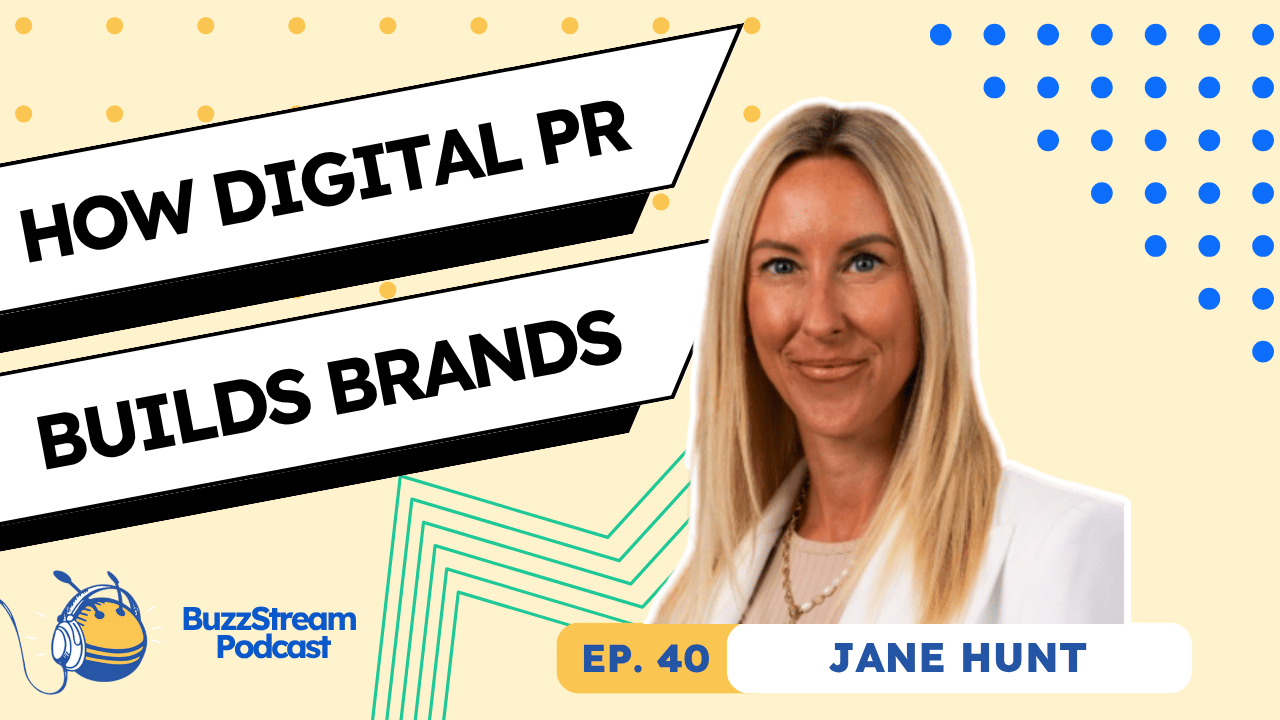
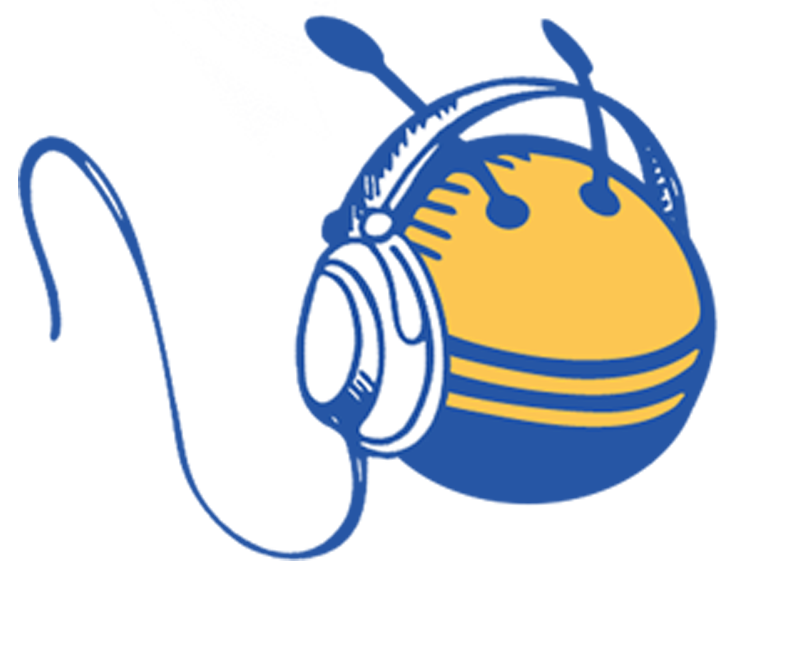 Check out the BuzzStream Podcast
Check out the BuzzStream Podcast

